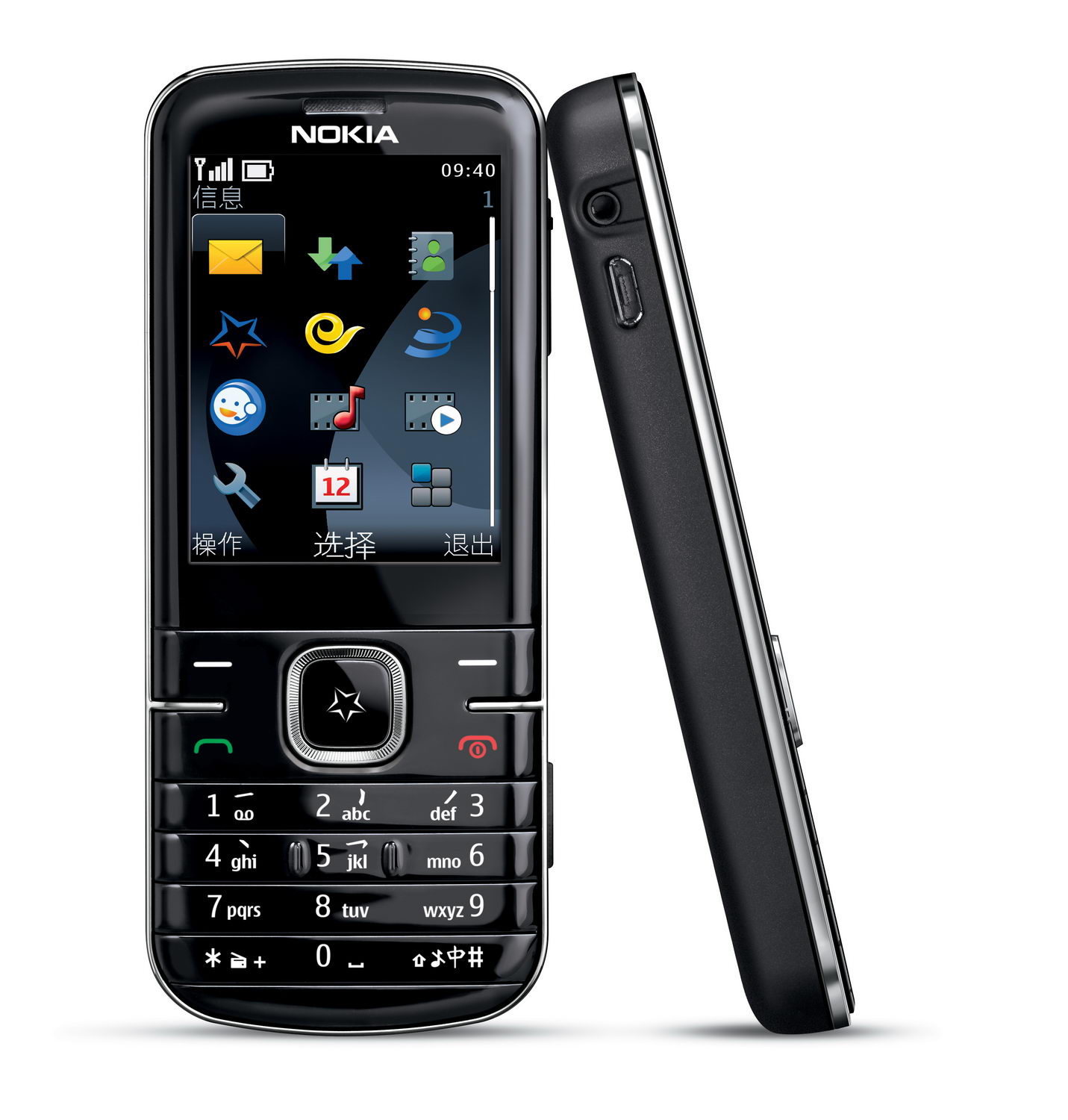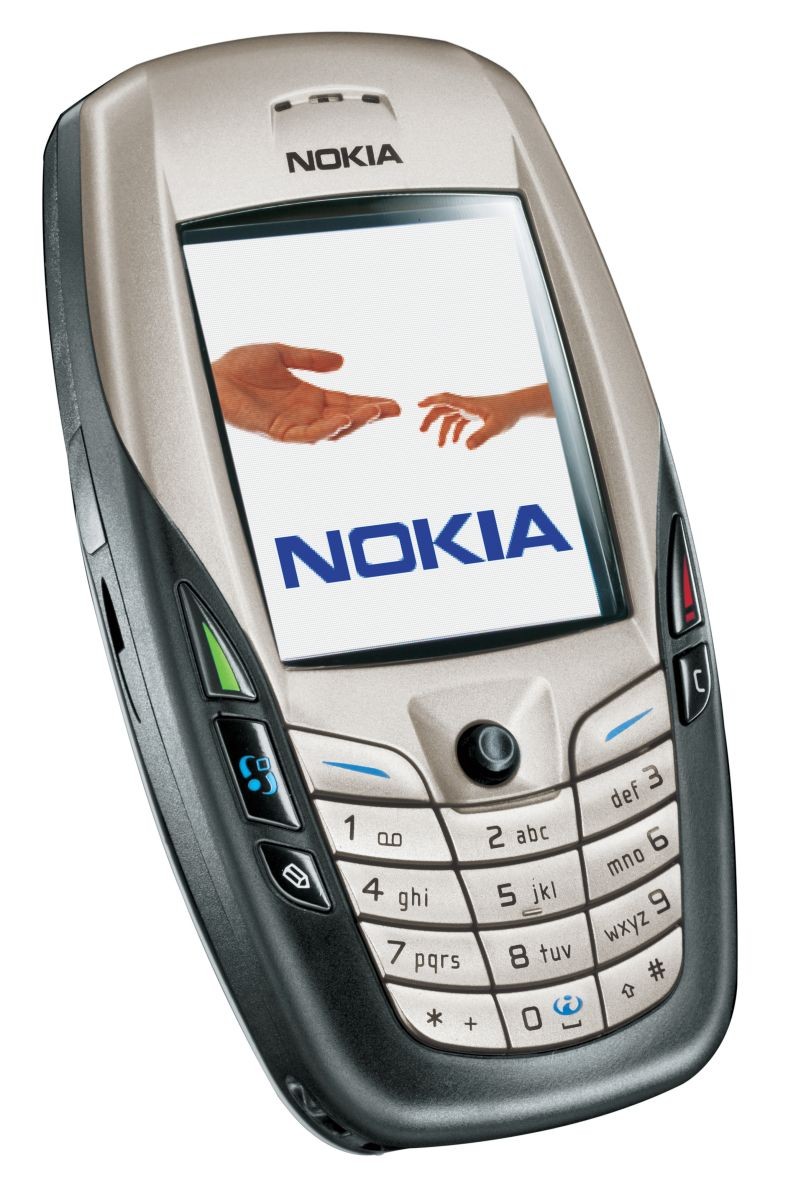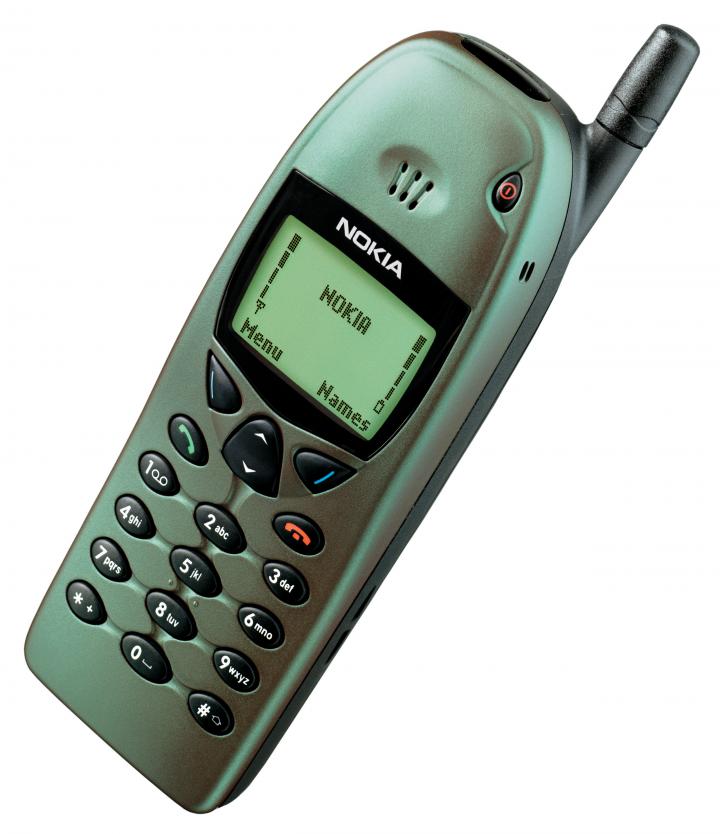Think back to 2008. What was in your pocket? For countless people around the globe, it was very likely a Nokia phone. That year marked a pivotal moment, a time when Nokia held a powerful grip on the mobile phone scene, before some big changes swept through the industry. We are going to, just a little, revisit that period, a time when these devices were not just tools but a part of daily life for so many.
The year 2008, you know, really stands out for Nokia. It was a time when their phones were everywhere, from bustling city streets to quiet country towns. These devices were known for being incredibly tough, their batteries seemed to last forever, and they offered a straightforward, dependable way to stay in touch. People would discuss them, honestly, on all sorts of platforms, like those wide-ranging online discussions that covered everything from cars and trucks to product reviews and even the latest gossip, much like what you might find on page 281 of 409 of an old forum thread.
This piece will take a closer look at the key Nokia models from that year, what features made them so popular, and why they still hold a special spot in many hearts. We will, in a way, explore the legacy of these phones and what they meant to people back then. It's a chance to recall a time when mobile technology was perhaps a bit simpler, yet very effective.
Table of Contents
- Introduction
- The Mobile World of 2008
- Iconic Nokia Phones of 2008
- What Made Them Stand Out?
- Beyond the Device: Nokia's Ecosystem
- The Enduring Appeal
- Looking Back: A Different Era
- Common Questions About Nokia Phones from 2008
- Connecting with Nokia Memories
The Mobile World of 2008
In 2008, the mobile phone scene was, well, pretty interesting. It was a time of transition, to be honest. While touchscreens were starting to appear, physical keypads were still very much the norm. People relied on their phones for calls and texts, certainly, but also for basic internet access, simple games, and taking pictures. The idea of a phone being a full-fledged computer in your pocket was, arguably, still a bit of a futuristic concept for most.
Nokia, you know, was a giant back then. They had a huge share of the market, offering a wide range of phones for every budget and need. From the most basic models for just talking, to more advanced devices with cameras and music players, Nokia had something for everyone. Their phones were seen as reliable, and that was a big deal for people who just wanted a device that worked every single time.
The discussions around these phones were, actually, quite vibrant. People would talk about battery life, camera quality, and which games they played. These conversations would pop up in many places, perhaps even in those online forums where folks chatted about everything from news events to sports scores, showing just how integrated these devices were into everyday life. It was, in some respects, a simpler time for mobile tech.
Iconic Nokia Phones of 2008
Nokia released a bunch of memorable phones in 2008, or at least models that were still very popular that year. Each one, in a way, brought something special to the table. These devices showed the breadth of Nokia's offerings, from high-end multimedia devices to business-focused tools and even their first proper touchscreen phone. It was, you know, a very busy year for them.
Nokia N95
The Nokia N95, while first released in 2007, was still incredibly popular in 2008. It was, honestly, a multimedia powerhouse for its time. This phone had a clever two-way sliding design, revealing either a keypad or dedicated media controls. People really liked its 5-megapixel camera, which was quite good for a phone back then. It also featured GPS and Wi-Fi, which were not standard on many phones at that point.
The N95 was, basically, a flagship device, showing what Nokia could do. It was a phone that people would, for instance, show off. Its capabilities made it a topic of discussion in many circles, from tech enthusiasts to regular users who wanted a bit more from their mobile device. It ran on Symbian OS, which allowed for various applications, making it more than just a phone.
Nokia E71
For those who needed to get things done on the go, the Nokia E71 was, quite simply, a favorite in 2008. This phone was part of Nokia's E-series, which focused on business users. It had a full QWERTY keyboard, which made typing emails and messages much faster. The E71 was also known for its sleek, metallic design, giving it a very premium feel.
Its battery life was, apparently, exceptional, a common trait for Nokia phones of that era. This meant users could rely on it throughout a busy workday without constantly looking for a charger. The E71 was, you know, a testament to Nokia's understanding of what business professionals needed in a mobile device. It was a phone that, in fact, truly helped people manage their work life from anywhere.
Nokia 5800 XpressMusic
The Nokia 5800 XpressMusic, released late in 2008, was a big deal because it was Nokia's first mass-market touchscreen phone running on the Symbian S60 5th Edition platform. This phone was, in some respects, Nokia's answer to the growing trend of touch-based devices. It focused heavily on music, as its name suggests, coming with good audio quality and dedicated music controls.
It had a resistive touchscreen, which meant you often needed a stylus or a firm press to interact with it, unlike the capacitive screens we are used to today. Nevertheless, it was a significant step for Nokia into the touchscreen world. It showed, you know, that Nokia was trying to adapt, even if the execution was a bit different from what competitors were doing. This phone, quite honestly, sparked a lot of conversation about the future of mobile interaction.
Other Popular Models
Beyond these flagship devices, Nokia had a range of other popular phones in 2008. The Nokia 6300, for instance, was still a go-to choice for many who wanted a simple, stylish, and dependable phone. Its slim design and metal casing made it feel, you know, quite special.
Then there were the various feature phones, like the Nokia 1200 or 1680 classic, which offered basic calling and texting at very affordable prices. These phones, to be honest, were the workhorses of the mobile world, bringing connectivity to millions. They were, in fact, incredibly durable, a quality Nokia was very known for. Many people, even today, remember these simpler models with fondness.
What Made Them Stand Out?
Nokia phones from 2008 had several qualities that made them, quite frankly, stand out from the crowd. One of the biggest factors was their legendary build quality. These phones were, you know, built to last. Dropping a Nokia phone often meant the phone would be fine, maybe just a few scratches, rather than shattering into pieces. This toughness was a huge selling point for people who needed a reliable device for everyday life.
Another key aspect was battery life. It was, honestly, incredible compared to today's phones. You could go days, sometimes even a week, without needing to charge some of the simpler models. This was a major convenience, especially for people who were often away from power outlets. It meant, basically, you could trust your phone to stay on when you needed it most.
The user interface, particularly on Symbian phones, was, in some respects, familiar to many. While it might seem a bit dated now, it was intuitive for users at the time. Nokia also offered a wide range of phones, from very basic ones to advanced multimedia devices, ensuring there was a Nokia for nearly every person and every budget. This broad appeal, you know, really helped them maintain their market position. People would, for example, talk about how easy it was to use their Nokia, a common topic in general product reviews.
Beyond the Device: Nokia's Ecosystem
Nokia's influence in 2008 went, arguably, beyond just the physical phones. They had a developing ecosystem that supported their devices. This included services like Nokia Maps, which provided navigation, and the Ovi Store, their application marketplace. While not as extensive as later app stores, it offered a way for users to download games and other programs to their phones. This was, in fact, quite advanced for the time.
The company also fostered a strong community around its products. People would, naturally, share tips and tricks, discuss new applications, and talk about their experiences with different Nokia models. This kind of interaction, much like the general discussion forums mentioned in "My text" that covered everything from celebrities to politics, showed how deeply integrated Nokia phones were into the social fabric of the time. It was, you know, a very connected experience, even before the smartphone era truly took off.
Nokia's brand recognition was, honestly, immense. The name itself was synonymous with mobile phones for many years. This trust and familiarity meant that when someone needed a new phone, Nokia was, quite often, the first brand they thought of. Their marketing and distribution networks were, very, very strong globally, helping them reach users in almost every corner of the world. This widespread presence, you know, contributed greatly to their overall impact.
The Enduring Appeal
Even today, there's a certain fondness for the Nokia phone 2008 models. Part of this comes from nostalgia, certainly. For many, these phones were their first mobile device, or the one they used during significant life moments. They represent a simpler time, perhaps, before the constant notifications and endless apps of modern smartphones. It's a feeling of, you know, a device that just did its job without overwhelming you.
The sheer durability is, honestly, another reason for their lasting appeal. People still tell stories of dropping their Nokia phones from great heights with little to no damage. This legendary toughness has become, in a way, a part of mobile phone folklore. It's a quality that, to be honest, many modern phone users still wish for. This makes them, arguably, quite special in the history of mobile devices.
There's also a growing interest in "dumb phones" or "feature phones" for digital detox purposes. Some people, for example, are deliberately choosing simpler devices to reduce screen time and distractions. In this context, older Nokia phones, including those from 2008, fit the bill perfectly. They offer basic communication without the constant pull of social media or complex apps. This trend, you know, gives these older phones a fresh relevance in today's very connected world.
Looking Back: A Different Era
Looking back at the Nokia phone 2008 era from today, in late 2024, it feels like a completely different time in technology. The mobile landscape has changed dramatically. Back then, the focus was on making calls, sending texts, and maybe some light browsing or gaming. The idea of a phone being your primary camera, your entertainment hub, or your mobile office was, you know, still developing.
The pace of change, to be honest, was also different. New phone models came out, certainly, but they weren't always radically different from their predecessors. There was more emphasis on refinement and reliability. Today, every new phone generation often brings significant leaps in processing power, camera technology, and screen quality. It's a very different approach to product development, you know, a much faster one.
The conversations around phones have also shifted. In 2008, people might have talked about which ringtone they had or how long their battery lasted. Today, discussions often revolve around app ecosystems, privacy concerns, or the latest AI features. The Nokia phone 2008 reminds us of a time when the relationship with our mobile devices was, perhaps, a bit simpler and more focused on core communication. It's a good reminder, actually, of how far we've come.
Common Questions About Nokia Phones from 2008
What was Nokia's most popular phone in 2008?
While exact sales figures for individual models in a specific year can be hard to pin down, the Nokia 1200 series and the Nokia 1680 classic were, arguably, among the most widely sold due to their affordability and reliability. For more advanced users, the Nokia N95 and Nokia E71 were, honestly, incredibly popular choices, widely discussed and used by many people. The Nokia 5800 XpressMusic also gained a lot of attention towards the end of the year as their first major touchscreen effort, you know, a big step for them.
Did Nokia make smartphones in 2008?
Yes, Nokia did make smartphones in 2008, though they looked and functioned quite differently from what we call smartphones today. Their main smartphone platform was Symbian OS, particularly Symbian S60. Models like the Nokia N95 and Nokia E71 were considered smartphones because they could run third-party applications and offered more advanced features like web browsing, email, and GPS. The Nokia 5800 XpressMusic, released late in the year, was their first Symbian S60 touchscreen smartphone. So, yes, they were, in fact, very much in the smartphone game, just with a different approach than what came later.
What made Nokia phones so durable?
Nokia phones earned their reputation for toughness through a combination of design choices and materials. They often used sturdy plastics and sometimes metal frames that could withstand drops and bumps. The internal components were, typically, well-protected within the casing, and the simpler designs meant fewer fragile parts. There was also, you know, a focus on practical engineering rather than ultra-slimness or delicate glass bodies. This commitment to robust construction meant that a Nokia phone could, basically, take a lot of punishment and still keep working, a quality that many people really appreciated. They were, in a way, built like tanks.
Connecting with Nokia Memories
The Nokia phone 2008 period represents, in some respects, a significant chapter in mobile history. These devices were more than just gadgets; they were companions that helped us stay connected, entertained, and productive. They remind us of a time when mobile technology was evolving rapidly, yet still held onto a certain simplicity. It's fascinating, you know, to see how far we've come from those early days.
Perhaps you owned a Nokia phone in 2008, or maybe you remember seeing them everywhere. What was your favorite Nokia model from that era? What stories do you have about its toughness or its long-lasting battery? We would, quite honestly, love to hear your memories. You can learn more about Nokia's legacy and how it shaped the early days of mobile communication. Also, discover more about Nokia's legacy on our site, and check out our page on mobile tech history for a broader look at how phones have changed.



Detail Author:
- Name : Ophelia McGlynn
- Username : brendan16
- Email : sschimmel@kirlin.info
- Birthdate : 1973-03-04
- Address : 31966 Kohler Creek Port Anika, AL 29923
- Phone : 986.550.5445
- Company : Morissette PLC
- Job : Database Manager
- Bio : Sunt doloribus nihil itaque id. Porro ut omnis autem. Quia voluptas quos quis quis sequi quis soluta. Similique ea culpa explicabo tempora amet.
Socials
facebook:
- url : https://facebook.com/deanna7458
- username : deanna7458
- bio : Quas a accusamus sapiente blanditiis et aut. Corrupti atque est rerum.
- followers : 6691
- following : 1842
linkedin:
- url : https://linkedin.com/in/vond
- username : vond
- bio : Est iste et inventore placeat explicabo tenetur.
- followers : 741
- following : 448
instagram:
- url : https://instagram.com/vond
- username : vond
- bio : At voluptas dolore eum ut consectetur. Et perferendis ab nesciunt qui.
- followers : 1296
- following : 968
tiktok:
- url : https://tiktok.com/@deanna.von
- username : deanna.von
- bio : Blanditiis et nam inventore. Quas iste accusantium eos.
- followers : 2302
- following : 664
twitter:
- url : https://twitter.com/vond
- username : vond
- bio : Hic eos est ipsam ut sapiente. Illo ut nobis animi. Voluptatem pariatur rerum sed neque est doloribus voluptas.
- followers : 4373
- following : 2093



























